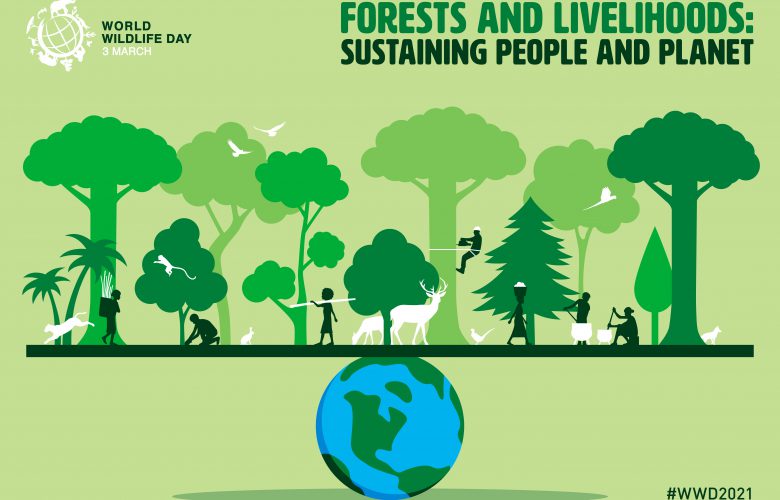The CIC would like to join in celebrating UN World Wildlife Day 2021, which is being held under the theme of “Forests and Livelihoods: Sustaining People and Planet.”
The aim for this year’s event is to raise awareness of the value of forests and their associated wildlife species, as well as the link between them and the livelihoods of indigenous peoples and local communities (IPLCs).
George Aman, President of the CIC, praised the thinking behind this year’s theme, “Placing the spotlight on forests and the people living in these areas is an excellent theme for World Wildlife Day. Looking to conserve forested areas and supporting indigenous peoples and local communities are two issues that go hand in hand. It is vital for conservation organisations like the CIC to support initiatives, such as sustainable use, that can generate benefits for both causes at the same time.”
It is often IPLCs that play a key role in conserving forested areas around the world, while also sustainably using the species that reside in them. Therefore, the economic, social and cultural well-being of such communities, in addition to the symbiotic relationship between humans and forests, is something that should be highlighted and improved going forward.
With roughly 200 to 300 million people living in or adjacent to forests while relying on the various ecosystem services provided by them, there is no question that these issues of huge relevance.
Unfortunately, global crises such as climate change, biodiversity loss, and the effects COVID-19 are placing forests and IPLCs under great threat.
Considering this, it is vital that we continue to support forests through the use of a number of new and existing initiatives.
Conservation through the sustainable use of wildlife resources remains an effective and tested wildlife management tool that has been shown to support forests, wildlife species and human well-being.
Whether it is through managing wildlife populations, or by funding anti-poaching initiatives, sustainable hunting programs generate a significant number of benefits for habitats and wildlife.
Hunters are also known to be custodians of forests and forest wildlife. Feeding deer in the winter, regulating problematic species, managing overgrazing, maintaining fenced areas, planting trees – these are just some of the activities that hunters commonly engage in to help maintain forested areas.
Countless people and IPLCs also depend on hunting and sustainable use as an essential part of their livelihoods and identities – some may be employed in the hunting sector, others may hunt for food or simply for cultural reasons.
Perhaps most important of all is the role of sustainable use in protecting forested areas from land use changes. The biggest threat to biodiversity is the conversion of wild areas for agricultural use – this destruction in turn, would have a huge impact on those living in and around forests around the world.
Supporting processes such as sustainable use and wildlife trade will continue to allow individuals and organisations to support, utilise and benefit from forests. If outside forces prevent these forms of wildlife usage, it is then that we can expect the conversion of forests and wild areas for other forms of land use, such as agriculture.
If our goal is to maintain and improve forest health and the well-being of those living in these areas, we should also look to support forms of wildlife management that can provide wide a range of conservation, economic, social and cultural benefits.

